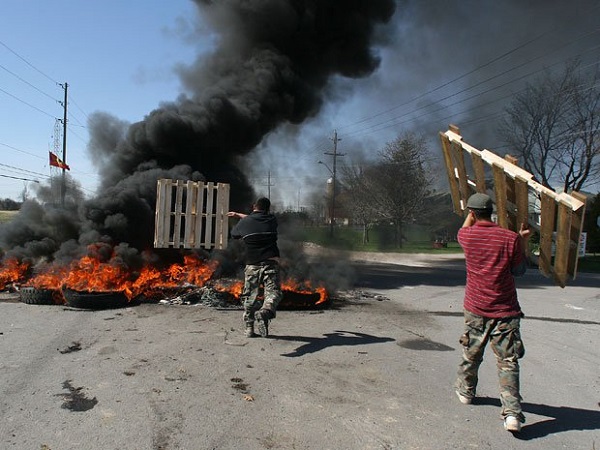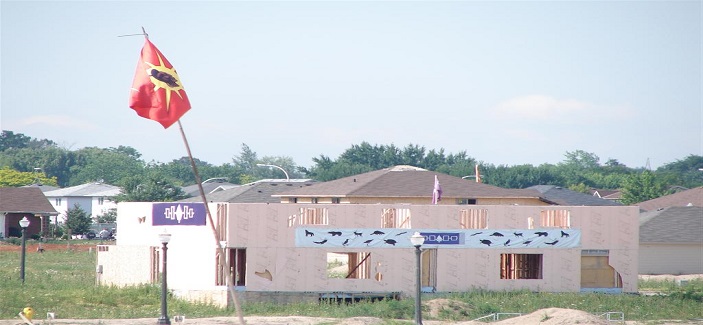The bypasses and bridges of Haldimand County On February 28, 2006, Janie Jamieson and Dawn Smith led a blockade shutting down construction of Caledonia’s Douglas Creek Estates. The subdivision has been occupied by native activists ever since.

Over the ensuing nine years, protests and demands have had an impact on traffic, construction and plans for future transportation projects in the area.
For example, last year work to replace the 1924 Cayuga bridge ground to a halt twice because of aboriginal protesters occupying the site. Charges weren’t laid for stopping construction. Arguments can be made occupying the bridge impedes the public’s ability to use the bridge, and further I consider this mischief.
During debate in the Ontario Legislature, I maintained the shutdown was beyond the control of the Minister of Transportation and the Minister of Aboriginal Affairs. When the protestors show up, construction workers pack up and go home. Last week, as well as last December, I advocated the Minister of Community Safety take control of affairs.
And there’s another ongoing question: Nine years ago, I distributed every MPP in the Legislature a photograph showing a group of people throwing a van off an overpass at Haldimand County Sixth Line, on to the provincial highway below. In my estimation, that goes beyond mischief. Theft over $5,000 and public endangerment come to my mind. Still, despite photographic evidence of the perpetrators nine years ago, no charges have been laid.
If you break the law, you pay the penalty. Justice is blind and nobody is above it. The rule of law is based on a strict set of principles to which we all agree as a society. The rule of law is not subject to raw emotion, financial influence, or political correctness.
Our debate of Bill 31, the Making Ontario’s Roads Safer Act has now opened the proposed legislation for public hearings.
I also believe government is missing the mark and endangering lives on Haldimand County roads and bridges by not tackling other long-overdue construction issues on provincial highways #3 and #6. In my speech to Bill31, I highlighted other public safety and traffic congestion concerns related to Highway #6 that aren’t being addressed.
Unfortunately, yet another fatal accident last month north of Caledonia highlighted the need. Several residents contacted me with ideas on how to address the problem. I forwarded those to the minister along with a cover letter, and communication continues. There are four lanes, high traffic volumes and no barriers between Caledonia and Upper James in Hamilton. I advocate relieving traffic volume by completing the planned link from the Hamilton airport bypass to the Caledonia bypass bridge – a new stretch of road that would parallel the problematic #6.
The downtown Caledonia bridge, which was built in 1927, is long overdue for replacement. Hopefully, after 11 years of lobbying, we will see action this year.
There is also obvious need for a Hagersville truck bypass to finally deal with the noise congestion and serious accidents downtown.
I suspect DCE and the protests at the Cayuga bridge are fuelling reticence in a government that construction will re-ignite tensions and result in more protests. This is truly unfortunate as not addressing the problem can be downright dangerous.
Now that’s something the Making Ontario’s Roads Safer Act could address, but probably won’t. For the Silo, Toby Barrett MPP Haldimand-Norfolk


Leave a Reply
You must be logged in to post a comment.